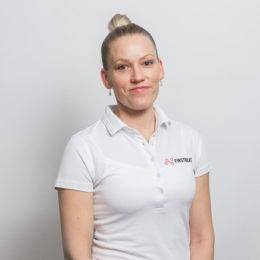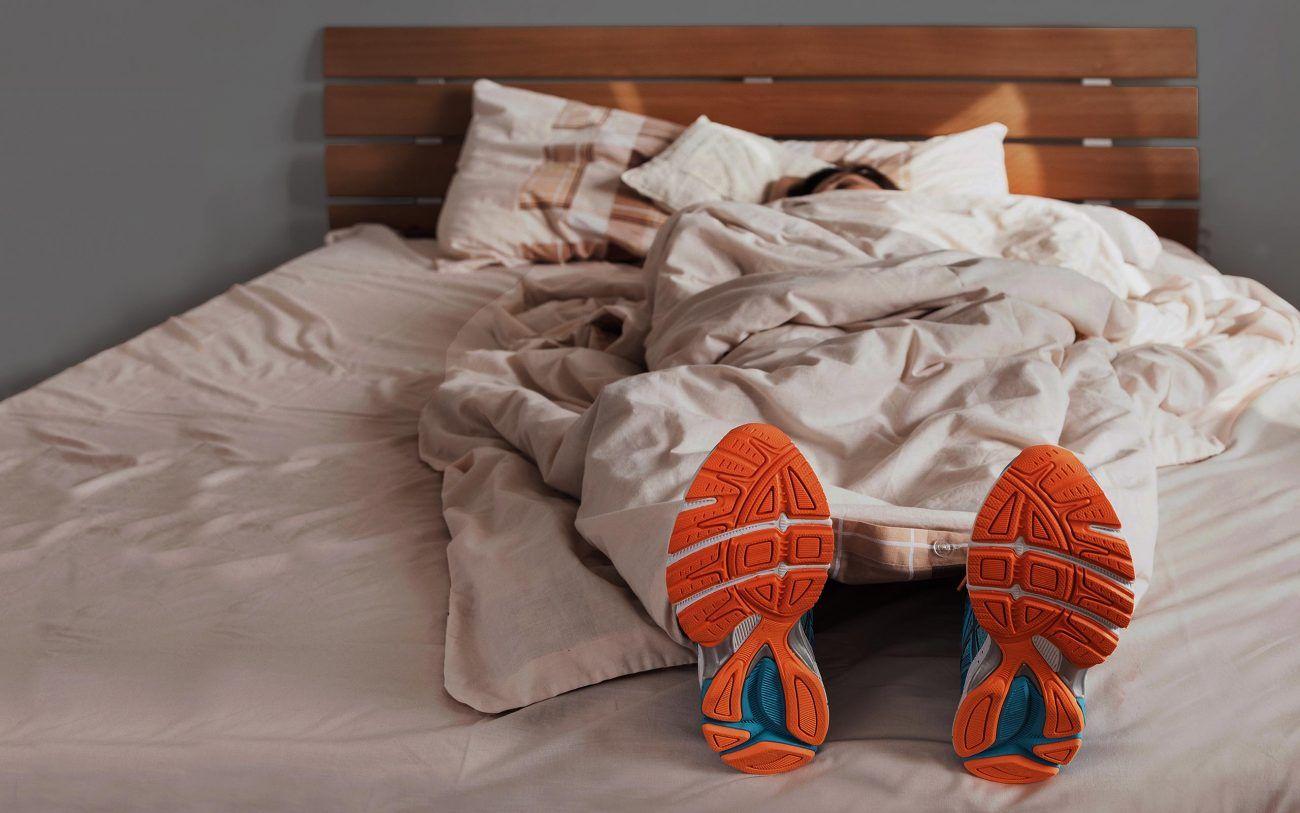
During a recent visit to the grocery store, I met an older gentlemen in the checkout lane. As he transferred the modest contents of his shopping basket to the conveyor belt at the checkout stand, we struck up a conversation about exercise and eating habits. He seemed youthful and well and we continued to talk well after completing our purchases.
In the course of our conversation, we talked about his daily routines, activities, and how he managed to stay in good health despite his age. He revealed the daily effort he makes to challenge his body. His mornings start with pull-ups and porridge followed later with a few hours of walking. I asked if he has always exercised this much. He told me that before retiring he didn’t need to focus on exercise as much, as his work had been physically demanding.
After hearing about his rigorous daily routines, I dared to ask his age and learned that he was 70 years old, and still going strong. I have met many other older people recently in great physical condition. A healthy diet and an active lifestyle seem to be the common thread between them. A couple of summers ago in Lapland, I met a 69- year old man who had spent 30 years shoveling sand and digging for gold. He was in great physical condition and the results of his annual physical always impressed his physician.
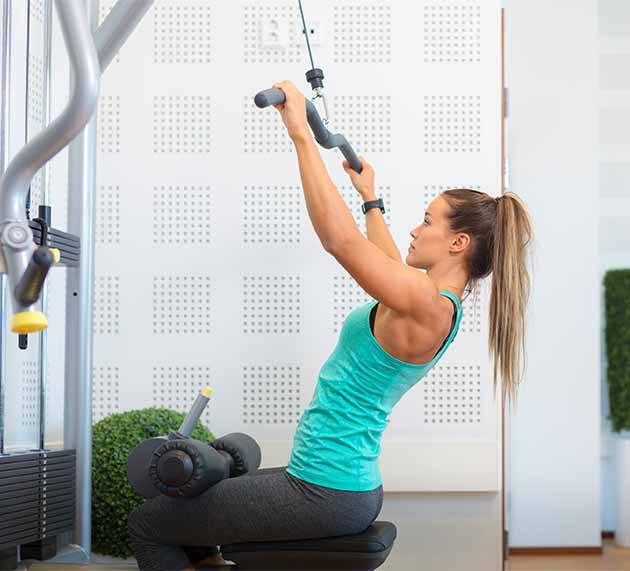
The benefits of an active lifestyle aren’t just anecdotal. Researchers investigating Firstbeat’s database of over 100,000 detailed measurements have shown clear connections between physical activity levels and how people experience stress and recovery. Their physiological stress levels are lower during the day, and they recover better at night. They report feeling more alert and experience less physical strain during work; even when being more active compared to those with lower fitness levels. Additionally, those with higher fitness levels typically have lower resting heart rates and lower daily average heart rates.
Read more about stress and recovery balance →
But how can you get yourself moving, when you lack motivation or if you simply don’t feel up to it? It’s a common challenge, but one that used to sound foreign to me. I have been active and exercised my whole life, but at some point – as I have gotten older – my routines didn’t offer the same good feeling than it used to. I was tired from my work. As my stress levels increased, things got even more difficult. Eventually, I stopped torturing myself and chose the easier option. I stayed on the couch under a blanket and watched TV.
Rest and sleep weren’t the answer. I did plenty of both, but didn’t feel less stressed or more energetic. Based on my own Firstbeat Life measurements, I could see my recovery levels continually decreasing over time, and my coping abilities were diminished. The less I exercised the more tired, stressed, and depressed I felt.
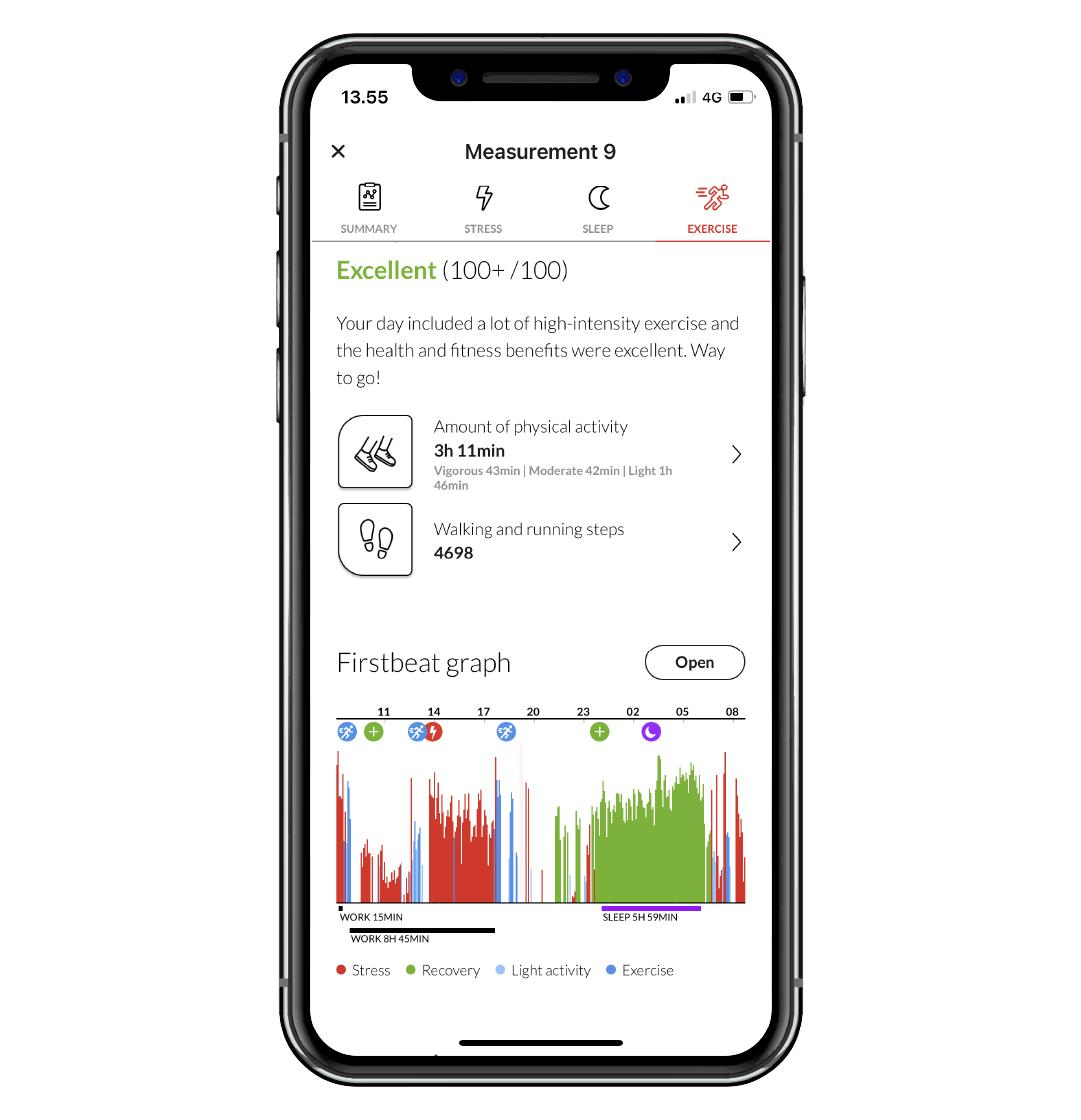
After a while I realized that I needed to charge my batteries to get things turned around. I also realized that the attitudes and barriers preventing me from exercising won’t be any smaller tomorrow. Not long after forcing myself back into my exercise routines, my good feelings and positive attitudes began to return.
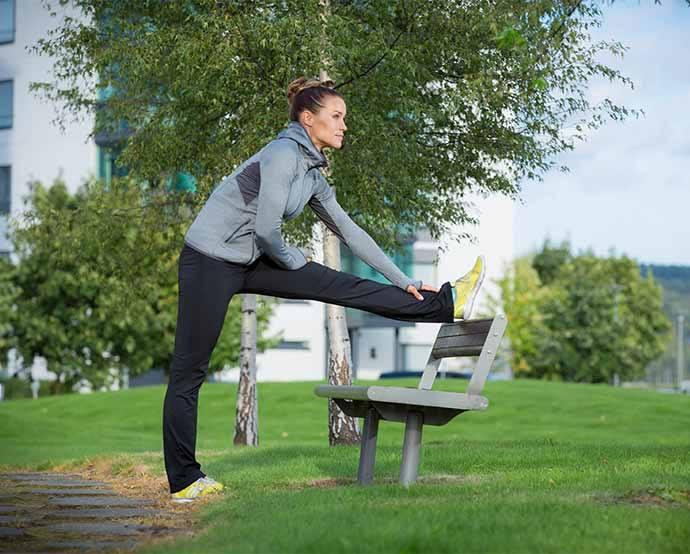
Battling stress and tiredness isn’t easy, but there are a few things you can do to help yourself. Good music, comfortable clothes, good company, even new gear are all tools that can help jump start your process. The first few times are always the hardest. You may need to force yourself to go in the start, but it gets easier. Soon you will start to look forward to the feelings of energy and growth. Giving yourself an opportunity to get out, get up, and move can open the door to feelings self-mastery, accomplishment and true joy.
Here a few tips to remember:
- Try a few different activities. Find out what works for you. You are more likely to keep doing the things you enjoy the most.
- Little is better than none at all. In the beginning, just try to go for about 10 mins. Make each session a little longer than the one before.
- Listen to what your body is telling you and adapt your plans accordingly:
- When you are really burdened, do something lighter like walking, yoga, stretching, Pilates, swimming, dance etc.
- When you feel more energized, dare to challenge yourself. Try running instead of walking, cycling in hilly terrain, or by doing a harder workout at the gym.
- Don’t underestimate the role of healthy eating and recovery habits. Together they are the ingredients that make an active lifestyle a sustainable lifestyle.
Want to know more about your balance between stress and recovery?
Additional readings:
You might also be interested in

The Big Picture of Wellness – Stress Management, Good Sleep and Nutrition Go Hand in Hand
Weight management and healthy eating are issues that wellness professionals face every day with their clients.
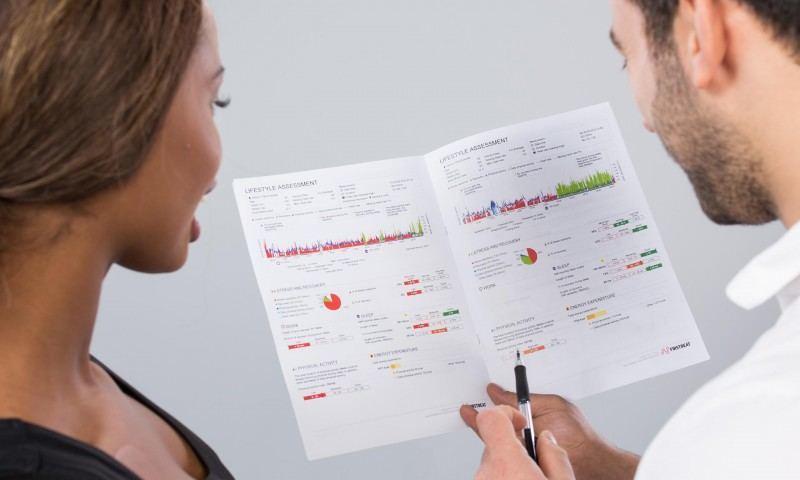
Eye-Openers and Insights from Firstbeat Lifestyle Assessment Results
Firstbeat Lifestyle Assessment is typically a 3-day measurement during daily life, at work and during leisure time and sleep, with the idea of looking where no one has looked before…
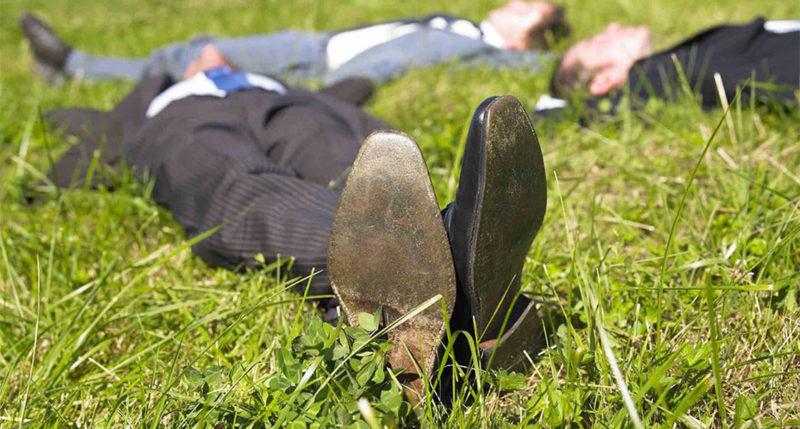
Work Hard, Play Hard, Rest Even Harder
Employees are companies’ most valuable asset, so their well-being should be priority number one. We need to act to change the tune of how Britons work.
